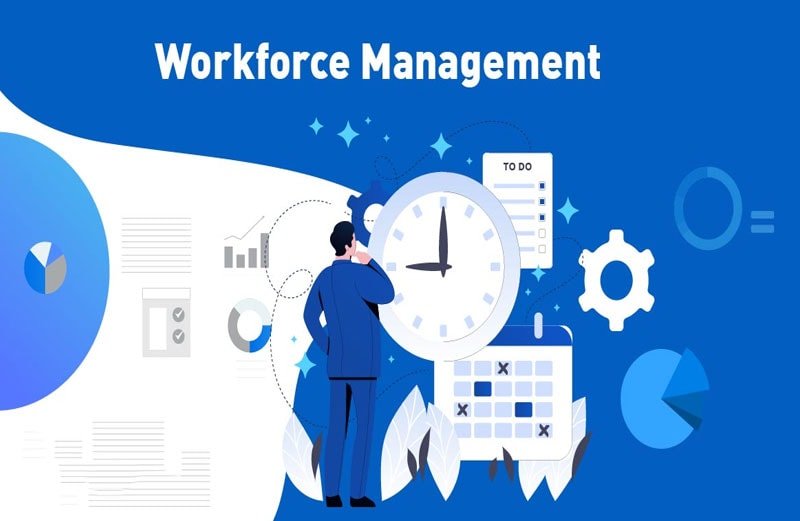The method of a lean startup was described in 2011, but it still remains the most logical approach to starting your business. Both the above method and the concept of MVP have existed for a long time. Nowadays, the concept is so popular, that there are agencies that choose the MVP full-cycle development as their main service, an example of which you can find here.
However, while the method is effective, it offers no guarantee against failure. Often, these failures occur not because the startup idea was bad, but because the business owner approached the process of MVP development in the wrong way. This article will help you avoid the basic mistakes as it contains a few tips.
How to Plan a Minimum Viable Product
Understand the purpose
Launching an MVP requires a cycle of successive actions. By making a mistake at the very first stage, you doom the entire project to failure in most cases. That is why it is important to have the right attitude and understand your MVP’s purpose from the very beginning.
Many people think that the development of an MVP is only about saving money and launching a product with the lowest possible cost. This is a misconception. The size and complexity of the MVP can be anything. Therefore, it may require anything from zero investment to large budgets.
The real purpose of creating an MVP is to quickly test your hypothesis in a real market, collect feedback, evaluate the MVP features, and decide where to move next.
Define the hypothesis to test
The so-called hypothesis-driven approach implies a clear definition of the hypothesis that will be validated (or not) thanks to the MVP. Its essence is to validate the hypothesis via real experiments on the market and collect all possible data for analysis. The process of hypothesis-driven MVP development continues until the business owner runs out of hypotheses or until the desired hypothesis is validated as workable.
In order to better understand what it is, check out its main types:
- The hypothesis of a problem in the market. It seems to the entrepreneur that there is a certain segment of people who are experiencing a problem in the given market. The entrepreneur doesn’t yet have an idea of how to solve this problem. At this stage, this isn’t needed. You just need to make sure that the problem really exists. The well-known case of Dropbox is a good example of this approach. Its founders noticed that all existing cloud storage facilities are far from perfect and that the process can be improved. They decided to make sure that people needed this improvement. So, they created a short video explaining the main benefits of the future product. Having received a large number of requests from interested adopters, the founders of Dropbox initiated its full-cycle development.
- The hypothesis of a solution. The entrepreneur knows exactly what the problem is. Now, they have a good idea of how to solve this problem and bring value to customers. Instead of investing in full-fledged product development, an MVP is created to test this solution in real market conditions. In this case, the MVP cannot be a video clip or a landing page. In order to test the solution, you need to create a working product that will bring real value to users by solving their problems. It is worth focusing on the main problem to solve, the main feature, and the main tool that will be useful, leaving all additional features aside. As a result of validating such a hypothesis, the entrepreneur gets not only an understanding of whether the solution works in the market but also real data, early adopters, and even the first profits.
These are the two main types of hypotheses that are used in most cases. There are several more types, including the hypothesis of a solvent segment in the market, but we won’t focus on them since they are less important.
Establish criteria for evaluating the MVP success
Once you have decided on the hypothesis, you need to outline the criteria that will be used to evaluate the MVP. It is extremely important to do this in advance, before starting the development process. Incorrectly defined evaluation criteria can further lead you in the wrong direction as to where you should go next.
The most common criterion is income. This is quantitative data that can be calculated. If the task of the MVP is to bring the first income, then it is easy to assess its success — you will either receive income or not.
Apart from this, there is also feedback. More specifically, your aim is to collect data from users about your MVP, analyze it and, on this basis, decide what to do next.
It is important to remember that you shouldn’t confuse the validation or non-validation of the hypothesis with the success or failure of the MVP. A hypothesis is just an entrepreneur’s guess. An MVP is a tool that is used to test this assumption. That is why, even if the hypothesis wasn’t validated, the MVP can still be considered successful. It fulfilled its role as a validation instrument. The MVP can be considered a failure when it wasn’t possible to collect any data at all and the status of the hypothesis remained unclear.
Final words
Each cycle of MVP development eventually comes to the point when the entrepreneur has to decide what to do next. There are several options here. For example, you can turn the MVP into a full-fledged product, modify it and start the cycle again, discard it and test a new concept, and so on. However, it is impossible to make this decision if you approached the process of choosing a hypothesis for validation and criteria for its success incorrectly. That is why the most important issue is not to make a mistake before the MVP development begins.














